Peugeot 308 vs Volvo XC40 – Which car suits you better?
Compare performance, boot capacity, efficiency and price at a glance.
Find out which car is the better choice for you – Peugeot 308 or Volvo XC40?
Costs and Efficiency:
Price and efficiency are key factors when choosing a car – and this is often where the real differences emerge.
Peugeot 308 has a noticeable advantage in terms of price – it starts at 29200 £, while the Volvo XC40 costs 36800 £. That’s a price difference of around 7525 £.
Fuel consumption also shows a difference: Peugeot 308 manages with 0.80 L and is therefore clearly more efficient than the Volvo XC40 with 6.50 L. The difference is about 5.70 L per 100 km.
Engine and Performance:
Power, torque and acceleration say a lot about how a car feels on the road. This is where you see which model delivers more driving dynamics.
When it comes to engine power, the Volvo XC40 has a hardly perceptible edge – offering 197 HP compared to 195 HP. That’s roughly 2 HP more horsepower.
Both models accelerate almost equally fast – 7.60 s from 0 to 100 km/h.
In terms of top speed, the Peugeot 308 performs to a small extent better – reaching 225 km/h, while the Volvo XC40 tops out at 180 km/h. The difference is around 45 km/h.
Both models offer the same torque – 300 Nm.
Space and Everyday Use:
Beyond pure performance, interior space and usability matter most in daily life. This is where you see which car is more practical and versatile.
Both vehicles offer seating for 5 people.
In curb weight, Peugeot 308 is a bit lighter – 1436 kg compared to 1688 kg. The difference is around 252 kg.
In terms of boot space, the Volvo XC40 offers minimal more room – 452 L compared to 412 L. That’s a difference of about 40 L.
In maximum load capacity, the Volvo XC40 performs hardly perceptible better – up to 1328 L, which is about 5 L more than the Peugeot 308.
When it comes to payload, Volvo XC40 minimal takes the win – 532 kg compared to 510 kg. That’s a difference of about 22 kg.
Who wins the race?
The Peugeot 308 proves to be leaves the rival little chance and therefore becomes our DriveDuel Champion!
Peugeot 308 is the better all-rounder in this comparison.

Peugeot 308
Peugeot 308
The Peugeot 308 presents a refined blend of style and sophistication, making it a compelling option for anyone in search of a dynamic yet practical vehicle. Its sleek design is complemented by a thoughtfully crafted interior that ensures both driver and passengers travel in comfort and elegance. Moreover, the 308 offers a responsive driving experience, combining agility with a sense of security on the road.
details @ media.stellantis.com
@ media.stellantis.com
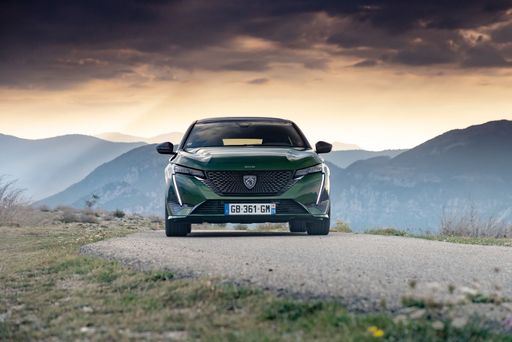 @ media.stellantis.com
@ media.stellantis.com
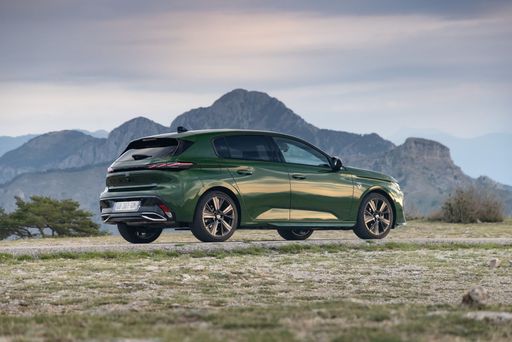 @ media.stellantis.com
@ media.stellantis.com
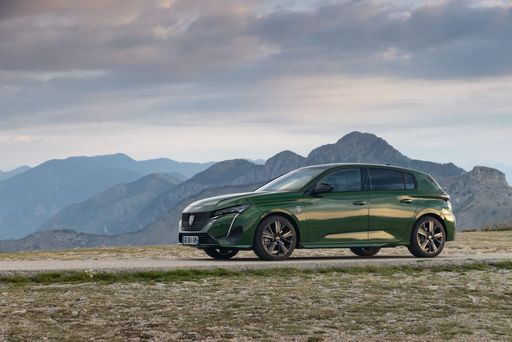 @ media.stellantis.com
@ media.stellantis.com
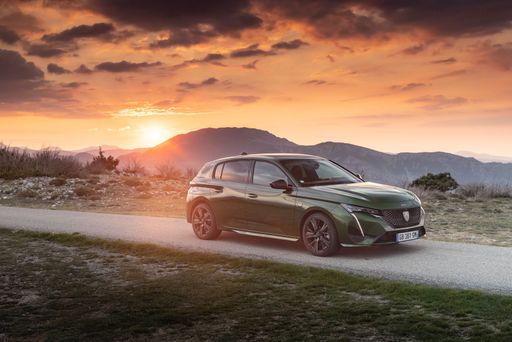 @ media.stellantis.com
@ media.stellantis.com
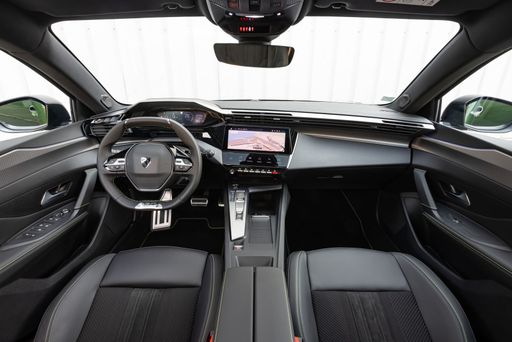 @ media.stellantis.com
@ media.stellantis.com
Volvo XC40
The Volvo XC40 is a standout model in the compact SUV segment, offering a delightful blend of Scandinavian design and practicality. Its interior is both stylish and functional, featuring premium materials and innovative storage solutions that make every journey comfortable. The car's performance is smooth and responsive, with advanced safety features ensuring peace of mind for drivers and passengers alike.
details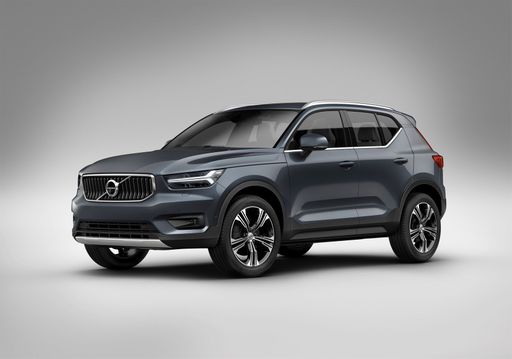 @ media.volvocars.com
@ media.volvocars.com
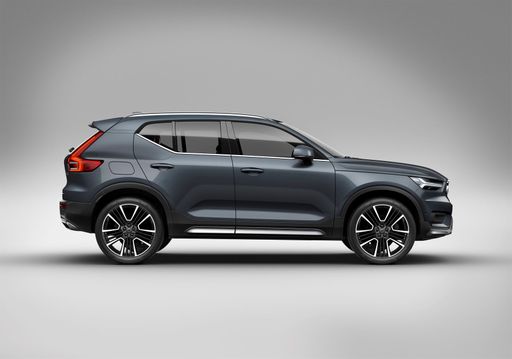 @ media.volvocars.com
@ media.volvocars.com
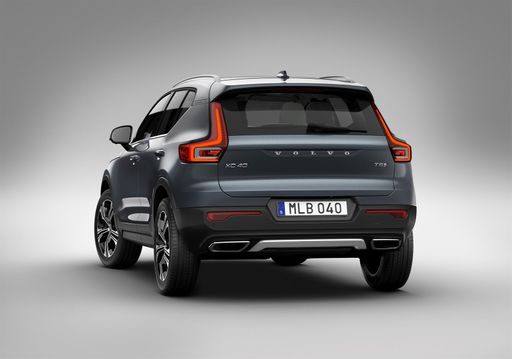 @ media.volvocars.com
@ media.volvocars.com
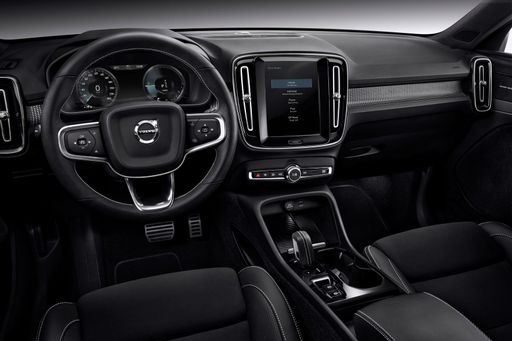 @ media.volvocars.com
@ media.volvocars.com
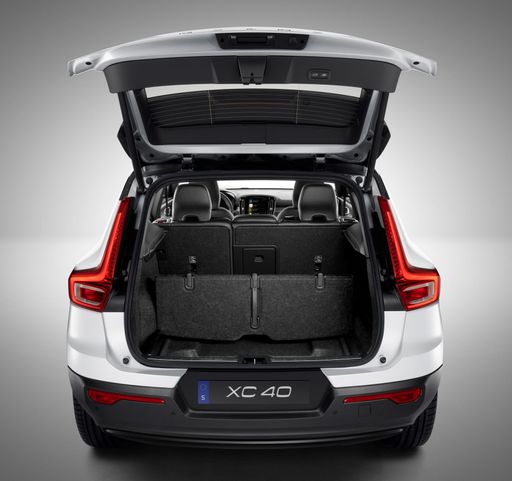 @ media.volvocars.com
@ media.volvocars.com

|

|
|
|
|
Costs and Consumption |
|
|---|---|
|
Price
29200 - 41800 £
|
Price
36800 - 47200 £
|
|
Consumption L/100km
0.8 - 5.1 L
|
Consumption L/100km
6.50 L
|
|
Consumption kWh/100km
15.20 kWh
|
Consumption kWh/100km
-
|
|
Electric Range
78 - 419 km
|
Electric Range
-
|
|
Battery Capacity
51 kWh
|
Battery Capacity
-
|
|
co2
0 - 133 g/km
|
co2
147 - 148 g/km
|
|
Fuel tank capacity
42 - 53 L
|
Fuel tank capacity
54 L
|
Dimensions and Body |
|
|---|---|
|
Body Type
Hatchback
|
Body Type
SUV
|
|
Seats
5
|
Seats
5
|
|
Doors
5
|
Doors
5
|
|
Curb weight
1436 - 1759 kg
|
Curb weight
1688 kg
|
|
Trunk capacity
314 - 412 L
|
Trunk capacity
452 L
|
|
Length
4367 mm
|
Length
4425 mm
|
|
Width
1852 mm
|
Width
1863 mm
|
|
Height
1441 mm
|
Height
1652 mm
|
|
Max trunk capacity
1258 - 1323 L
|
Max trunk capacity
1328 L
|
|
Payload
431 - 510 kg
|
Payload
532 kg
|
Engine and Performance |
|
|---|---|
|
Engine Type
Diesel, Electric, Petrol MHEV, Plugin Hybrid
|
Engine Type
Petrol MHEV
|
|
Transmission
Automatic
|
Transmission
Automatic
|
|
Transmission Detail
Automatic Gearbox, Reduction Gearbox, Dual-Clutch Automatic
|
Transmission Detail
Dual-Clutch Automatic
|
|
Drive Type
Front-Wheel Drive
|
Drive Type
Front-Wheel Drive
|
|
Power HP
130 - 195 HP
|
Power HP
163 - 197 HP
|
|
Acceleration 0-100km/h
7.6 - 10.6 s
|
Acceleration 0-100km/h
7.6 - 8.6 s
|
|
Max Speed
170 - 225 km/h
|
Max Speed
180 km/h
|
|
Torque
230 - 300 Nm
|
Torque
265 - 300 Nm
|
|
Number of Cylinders
3 - 4
|
Number of Cylinders
4
|
|
Power kW
96 - 144 kW
|
Power kW
120 - 145 kW
|
|
Engine capacity
1199 - 1598 cm3
|
Engine capacity
1969 cm3
|
General |
|
|---|---|
|
Model Year
2023 - 2025
|
Model Year
2024
|
|
CO2 Efficiency Class
D, A, C, B
|
CO2 Efficiency Class
E
|
|
Brand
Peugeot
|
Brand
Volvo
|
Is the Peugeot 308 offered with different drivetrains?
Available configurations include Front-Wheel Drive.
The prices and data displayed are estimates based on German list prices and may vary by country. This information is not legally binding.
